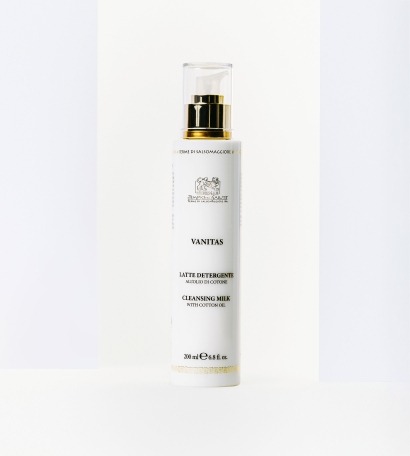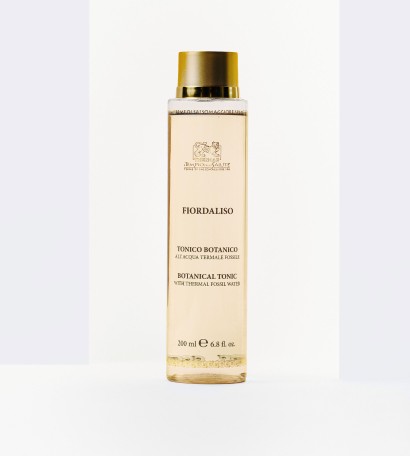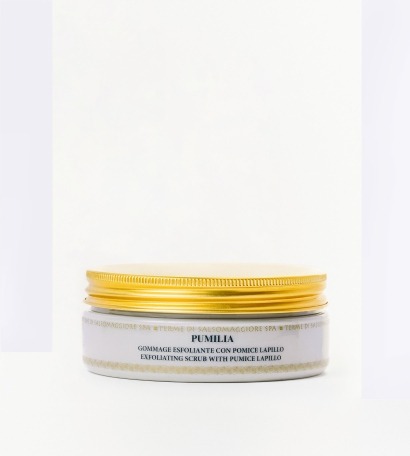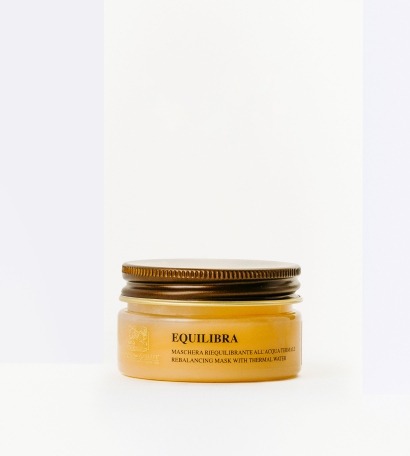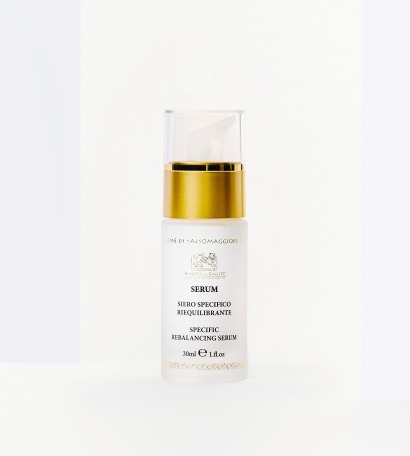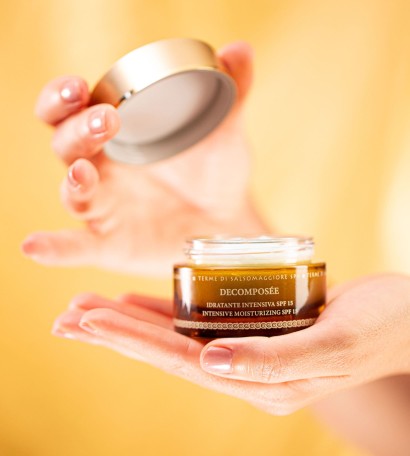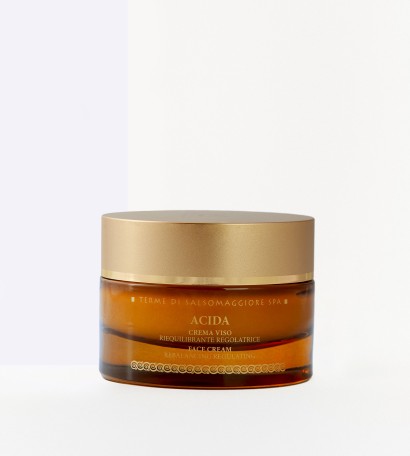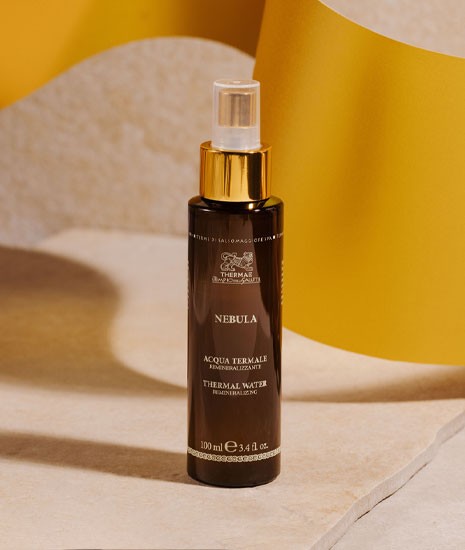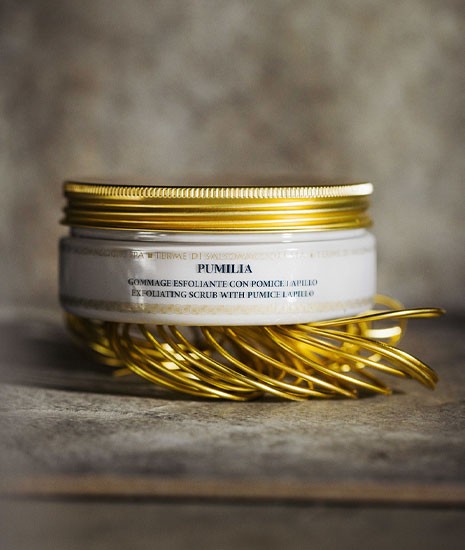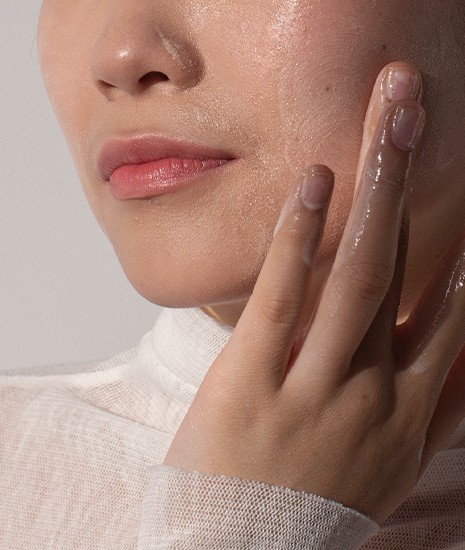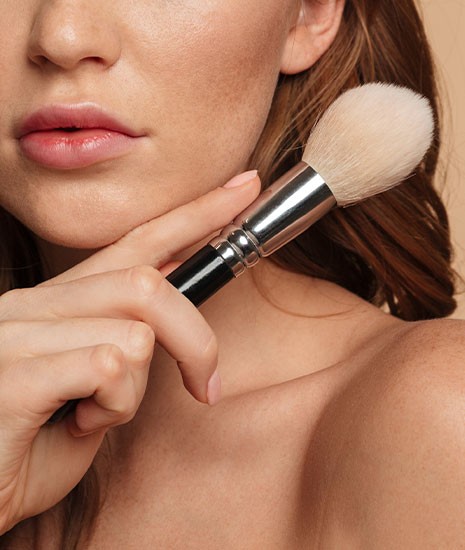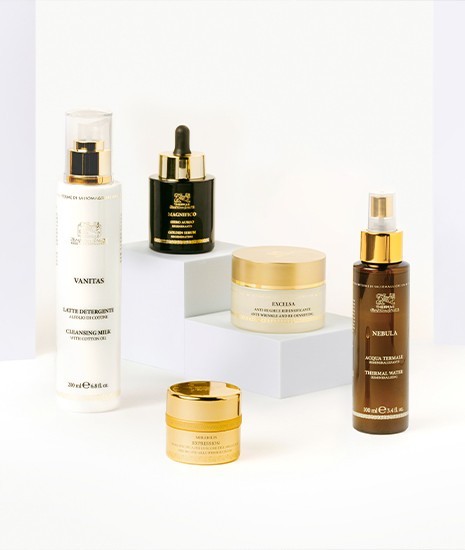
Complete guide to skincare for oily skin: tips for taking care of your skin
Oily skin is one of the most common skin types and often requires a specific approach within skincare routines. Let's find out what it takes to create a specific skincare for oily skin.
Why some people have oily skin: the main characteristics
Oily skin, due to an overproduction of sebum, a natural oil secreted by the sebaceous glands, exhibits a number of distinctive traits that define its peculiarities. In fact, this abundant sebum production can trigger a series of well-recognizable symptoms: from the enlargement of skin pores to the emergence of acne and blackheads.
It not only presents with visible symptoms but often also carries an impression of impurity, translating into a shiny (oily) appearance and a dull complexion. This skin condition can vary in intensity from person to person, leading to different degrees of oily skin.
However, when these characteristics are concentrated mainly in the area known as the "T-zone", namely the forehead, nose and chin, we cannot properly speak of oily skin, but rather of combination skin.
Types of oily skin: differences between seborrheic, asphyxiated and congested
Oily skin can be divided into two main categories: seborrheic oily skin and asphyxiated oily skin. The former is characterized by an overproduction of sebum that leads to pore obstruction and promotes the formation of blackheads, pimples and other forms of acne, in addition to creating an ideal environment for bacterial proliferation, worsening the acne problem.
On the other hand, asphyxiated oily skin presents a slightly different situation. Despite significant sebum production, it is distinguished by a lack of adequate skin hydration. This may seem counterintuitive because one might think that the presence of sebum acts as a sort of natural moisturization. However, sebum does not provide the necessary hydration to the skin and, as a result, it can lead to severe dehydration, causing discomfort, tightness, itching and even cracking.
Furthermore, there is another type of oily skin to consider: congested oily skin, similar to seborrheic skin, but characterized by pore obstruction due to dead cells and sebum, leading to the formation of comedones, blackheads and small pimples. To improve the quality of congested oily skin, it is essential to adopt a regular cleansing and exfoliating routine to prevent build-ups and promote more even skin.
What causes oily skin?
The causes of oily skin lie in excessive sebum production, which can be stimulated by various factors, including:
- Genetic predisposition.
- Hormones: hormonal changes during adolescence, pregnancy or due to conditions such as polycystic ovary syndrome can stimulate the sebaceous glands to produce more sebum.
- Inadequate skin care: using the wrong or overly aggressive products can cause an imbalance in sebum production, leading to even oilier skin to compensate for the loss of natural oil.
- Climatic conditions: humidity and heat can stimulate the sebaceous glands to produce more sebum. Conversely, using heating indoors during winter can cause excessive dryness, leading to asphyxiated oily skin.
- Stress: which can influence hormones and thus contribute to an increase in sebum production.
Essential steps for perfect skincare for oily skin
To treat oily skin, it is crucial to use light, oil-free cosmetics, steering clear of overly rich or buttery creams to avoid clogging pores. Facial cleansing, to be done morning and evening, must be carried out with gentle cleansers that do not further stress the skin with aggressive or excessive surfactants. Periodic use of peeling, based on salicylic and glycolic acid, can also be helpful to promote epidermal renewal, but should be avoided in case of acute skin inflammation.
But let's see now what the correct steps of skincare for oily skin are:
- Cleansing: the treatment sequence begins with thorough cleansing, preferably with cleansing milk (like our Vanitas), micellar water or mousse, avoiding aggressive cleansers.
- Exfoliation: followed by a light scrub - or gommage like our Pumilia or peel - to be done two or three times a week to remove impurities and promote cellular turnover.
- Toner application: the application of a gentle toner, like our Fiordaliso, or exfoliating one is recommended to tighten pores and brighten the complexion.
- Serum application: adding serum is a key step for its ability to penetrate deep into the skin, making the action of the cream applied in the following phases more effective. For oily skin, it is more appropriate to choose a balancing and sebum-regulating serum. Our rebalancing Serum is perfect at this stage because it rebalances the water/sebum ratio of the skin and protects it from shocks thanks to the regulation of osmotic pressure.
- Treatment with a rebalancing and mattifying mask, recommended once or twice a week, especially if clay-based, for its absorbent and sebum-regulating properties. For example, our Equilibria mask, with its mix of active ingredients, rebalances the skin tissue to make it bright without being shiny.
- Hydration: even oily skin needs the right degree of hydration, applying a specific moisturizing cream for this type of skin daily that has a light and oil-free formulation. For those who prefer nighttime skincare, before going to sleep, there's the Acida rebalancing night face cream.
- Sun protection: prolonged sun exposure can lead the skin to produce larger amounts of sebum, so it's important to regularly apply adequate sun protection and ensure thorough cleansing of the epidermis at the end of the day. There are also face creams like Décomposé, which have both a moisturizing and protective function.
For the skincare routine to work properly, it must be supported by a balanced diet and a healthy lifestyle: it's good to favor fresh fruits and vegetables and limit sugars, refined foods and fats, in addition to avoiding sources of stress, smoking, alcohol and sedentary habits!
Skincare tips for oily skin in men
Oily skin is a concern for both men and women of all ages.
In men, oily skin often tends to be characterized by excessive sebum production, which can lead to enlarged pores, the onset of acne and a shiny appearance on the skin's surface.
The origins of oily skin in men are not different from those in women, rooted in genetic factors, hormonal alterations and an insufficient skincare routine.
The advice for men is to carry out a specific skincare regime tailored to male oily skin. In addition to the usual steps of cleansing, exfoliation, specific treatments, hydration and protection, it must necessarily embrace particular attention to shaving. In fact, the latter plays a significant role in managing oily skin. It is advisable to opt for gentle shaving products rich in moisturizing substances to prevent excessive irritation and redness.
In cases where there are problems related to acne or the appearance of pimples, it is wise to consider, on the advice of a doctor, the use of specific treatments containing ingredients such as salicylic acid or benzoyl peroxide, capable of effectively counteracting skin imperfections.
Skincare for oily skin: few and simple steps to regain smooth and balanced skin
Treating oily skin requires a combination of specific products and a balanced lifestyle. Understanding the underlying causes and adopting a particular skincare regime for oily skin can help manage and improve the skin's appearance, giving it radiance and softness without completely eliminating sebum production, which, in the right amounts, still has a vital function for skin health.


